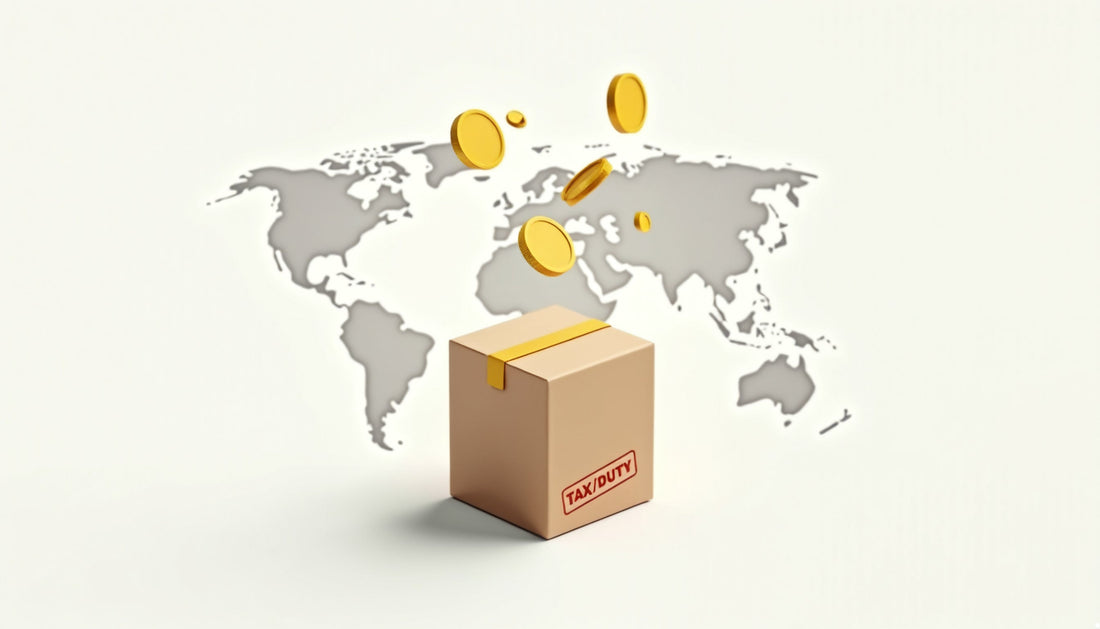What Are Tariffs?
Tariffs are taxes that governments charge on imported goods. When your customer receives an international package, their local customs may charge these fees.
Key Facts:
- You (the seller) don't pay tariffs - your customer does
- Rates vary by country and product type
- Some countries have tax-free thresholds (usually under $50-200)
How Tariffs Affect Your Shopify Store
-
Unexpected Costs: Customers may refuse packages with surprise fees
-
Delivery Delays: Customs inspections can add 3-10+ days
- Returns: Some buyers return items when charged tariffs
4 Simple Ways to Manage Tariffs
1. Be Transparent With Customers
Add this to product pages:
- "International customers: Your country may charge import taxes. These are not included in the price."
- Include tariff estimates in checkout (use apps like DutyCalculator)
2. Choose the Right Shipping Method
| Option | Best For | Tariff Handling |
|---|---|---|
| DDP (Delivered Duty Paid) | Luxury goods | You pay tariffs upfront |
| DDU (Delivered Duty Unpaid) | Most stores | Customer pays fees |
| Free Trade Agreements | Certain countries | Reduced/zero tariffs |
Pro Tip:
For Asian sellers, SF Express and DHL offer good tariff solutions.
3. Classify Products Correctly
- Get the right HS Code for each product
- Use accurate product descriptions (material, purpose)
- Never mark as "Gift" (causes customs problems)
4. Use Shopify Apps to Simplify
Top-rated apps:
-
DHL Duty and Tax Calculator (estimates fees)
-
Zonos (automates tax calculations)
- AfterShip (tracks shipments)
Common Mistakes to Avoid
- Under-declaring product values
- Using vague product descriptions
- Not researching destination country rules
Smart Alternatives
- Store Locations: Consider warehouses in target markets
- Free Trade Zones: Use Hong Kong's tax-free status
- Price Adjustments: Include average tariffs in product prices
Final Tips
- Research tariffs before entering new markets
- Communicate clearly with customers
- Use the right shipping settings in Shopify
Conclusion
Managing tariffs effectively is crucial for any Shopify merchant selling internationally. By understanding the basics, being transparent with customers, and using the right tools, you can turn potential tariff challenges into opportunities for growth. Remember that success in cross-border e-commerce comes from proper planning and clear communication with your customers about potential import fees.
Keep updating your knowledge about international trade regulations and tariff changes to ensure your business stays compliant and competitive in the global marketplace. With these strategies in place, you'll be better equipped to handle international sales and provide a smoother experience for your customers worldwide.





